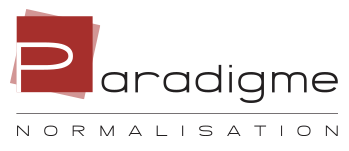Training
Audit engagement – CAS 315/530, RMM and Assessing the number of tests

Length: 7 h 00
Improved training for 2024-2025
Summary
Training redesigned to include the new matrix for determining the number of substantive tests and the number of internal control tests in a mixed strategy.
Audit files are complex engagements that require rigorous documentation in accordance with CAS. In an effort to balance efficiency and effectiveness with the practitioner’s time and risks, a CPA must assess the risks of material misstatements (RMM) and the number of tests needed to adequately address his risk assessment.
Too often, professional inspections criticize practitioners for not documenting the number of tests based on the risks, and question whether the tests adequately cover the risks.
This course focuses on RMM assessments by line item in the financial statements, for both private enterprises (PE) and not-for-profit organizations (NPO). At the end of the day, the practitioner will be better able to:
- Select a mixed or substantive approach
- Respond appropriately to the identified risks of misstatements
- Determine the number of substantive tests or compliance tests
Agenda
Planning the audit engagement
- Understanding the business
- Documenting internal control and walk-throughs
- Assessing RMM by financial statement item
- Considering the risks of fraud
- Considering the business risks
- Considering the analytical procedures
- Conclusion, to document according to the risk assertions
- Determining the audit approach (mixed or substantive)
- PE
- NPO
Execution of the audit engagement
- Determining the number of substantive tests
- According to a risk factor and the materiality threshold
- According to a statistical approach
- According to a percentage of coverage approach
- Determining your firm’s policies on choosing the various tools proposed for determining the number of tests
- Documenting the results obtained
- Extrapolating the errors found
Last but not least
- Presentation of the changes made to the Paradigme Audit Questionnaires
- Comments from the professional inspection
- Discussion with participants
Soyez les premiers informés!
Inscrivez-vous à notre infolettre et soyez à l’affût des formations disponibles et des nouveautés.


